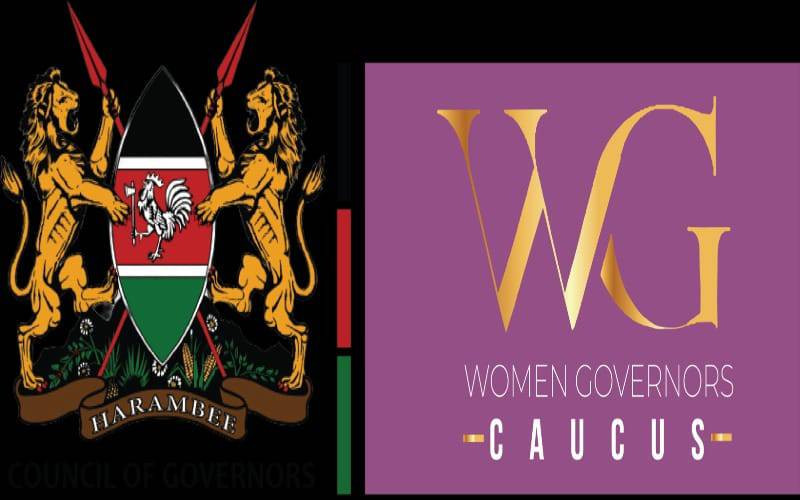
The ten tonnes vessel which is the first ever Kenyan fishing made its maiden trial sail from the Mombasa County Fisheries boat yard to the high seas of the Indian Ocean waters on Tuesday,015th November 2016
Fishing industry is set for growth after years of neglect and near collapse. In fact, Kenyan fishermen have started benefiting from their work due to the blue economy initiative.
There had been declining fish stocks due to a number of factors including over fishing, changes in temperature, ocean currents, coastal erosion and flooding problems.
However, the technical support of the World Bank Coastal Development Project (KCDP) is helping the government and communities manage resources and transform livelihoods of the coastal population.
“The project has allowed the Government to bring key research to communities, provide access to new aquaculture techniques and appropriate tree species to plant to reduce erosion,” said KCDP Project Coordinator Dr Jacqueline Uku.
With the technical assistance and financial support of the bank, community-driven projects have been designed to fit the needs of the most vulnerable and marginalised communities according to Ms Uku.
The growth of blue economy is possible in fisheries, aquaculture, minerals, energy, transports and tourism.
This can only be achieved by investing in fisheries industry, improved regulations, ocean monitoring and surveillance coastal projection, waste management among others. Since its inception in RIO-Brazil 2012, the blue economy has enhanced the growth and development of the fisheries industry, especially at the Kenyan coast thus creating food security, job creation and sustainable economic development.
And if well-managed, says Ms Uku, fisheries industry can inject Sh245 billion annually to the national economy, especially if 970,000 metric tonnes of fish is realised
And fishermen are finally reaping the benefits of Government controlled fishing along coastal line that included restriction on fishing gear, temporary fishing bans and set up of marine protected areas.
Researchers say the conservation efforts are restoring valued species and diversity of marine resources, resulting in larger and more profitable catches.
Restricted areas
The KCDP effort has seen fishermen being responsive after decades of opposition, says Ms Uku.
Stay informed. Subscribe to our newsletter
The Director Fisheries Policy Research and Regulations in the Ministry of Agriculture, Livestock and Fisheries Ms Susan Imende says the effects of fisheries closures and gear restriction on fishing income in Kenyan coral reefs are evident on the first long-term study on how controls influence fishermen profits.
In restricted areas at the coast, fishermen net incomes has increased by nearly 80 per cent.
After the beach seines were removed, the income of individual fishermen increased by about 45 per cent in Diani compared to none restricted regions. Fishermen and other stakeholders in the fisheries industry now believe that had the blue economy innovation taken roots in Kenya early enough fisheries industry could have been at per with tourism and agricultural sectors in terms of income to the Government.
According to Denesh Aryal of the World Bank, fisheries industry can easily be number one income earner not only to Kenya but to other African nations with vast fishing waters.
Aryal notes that a lot of resources, manpower and funds are needed to boost fisheries industry.
This should be utilised on say environmental and conservation of Lake Victoria including the war against water hyacinth. fish, breeding of large fish species like Nile perch which command higher prices.
Thanks to the concept of blue economy, one of the positive effects are being witnessed by fishermen. In the coast the restrictions on the use of seine nets in the areas also increased revenue.
A report by KCDP indicates small scale fishermen now catch larger and more valuable fish - bringing them more income.
By identifying the role that protected areas and bans play on the types and size of fish caught, and the corresponding effect on pricing, the report gives an accurate evaluation of fishermen income.
“Locals’ resistance to closure or fishing bans and gear restrictions by the Government has been based largely on the perception that the move threatens the fishermen survival. And the perception is dying out now”, says Aryal who is also Senior Natural Resources management specialist with the World Bank.
The blue economy concept or initiative has come at the best time as it is expected to handle the challenges facing fisheries industry in Kenya, which include exploiting young and immature fish, fishing beyond limits, invading of Lake Victoria by water hyacinth and other ecological and environmental problems facing Kenya’s lakes and Indian Ocean.
It must be remembered coral reefs are threatened with extinction. So the blue economy initiative has one component, which is most effective way to preserve coral reef and other vital marine habitat.
 The Standard Group Plc is a
multi-media organization with investments in media platforms spanning newspaper
print operations, television, radio broadcasting, digital and online services. The
Standard Group is recognized as a leading multi-media house in Kenya with a key
influence in matters of national and international interest.
The Standard Group Plc is a
multi-media organization with investments in media platforms spanning newspaper
print operations, television, radio broadcasting, digital and online services. The
Standard Group is recognized as a leading multi-media house in Kenya with a key
influence in matters of national and international interest.
 The Standard Group Plc is a
multi-media organization with investments in media platforms spanning newspaper
print operations, television, radio broadcasting, digital and online services. The
Standard Group is recognized as a leading multi-media house in Kenya with a key
influence in matters of national and international interest.
The Standard Group Plc is a
multi-media organization with investments in media platforms spanning newspaper
print operations, television, radio broadcasting, digital and online services. The
Standard Group is recognized as a leading multi-media house in Kenya with a key
influence in matters of national and international interest.










